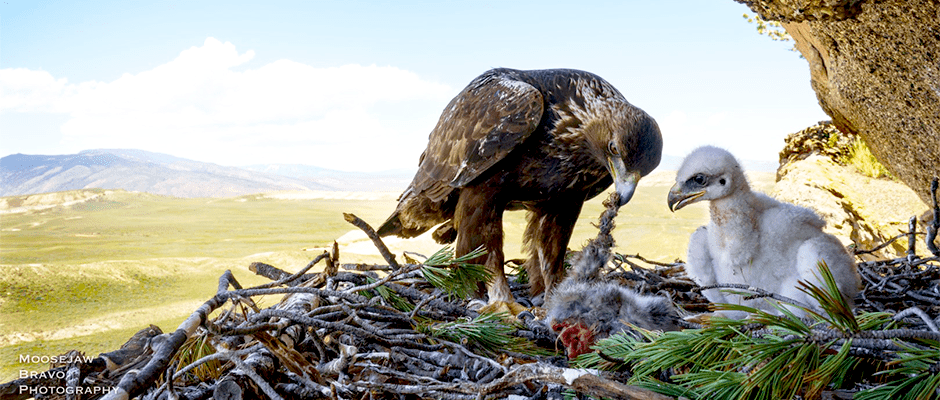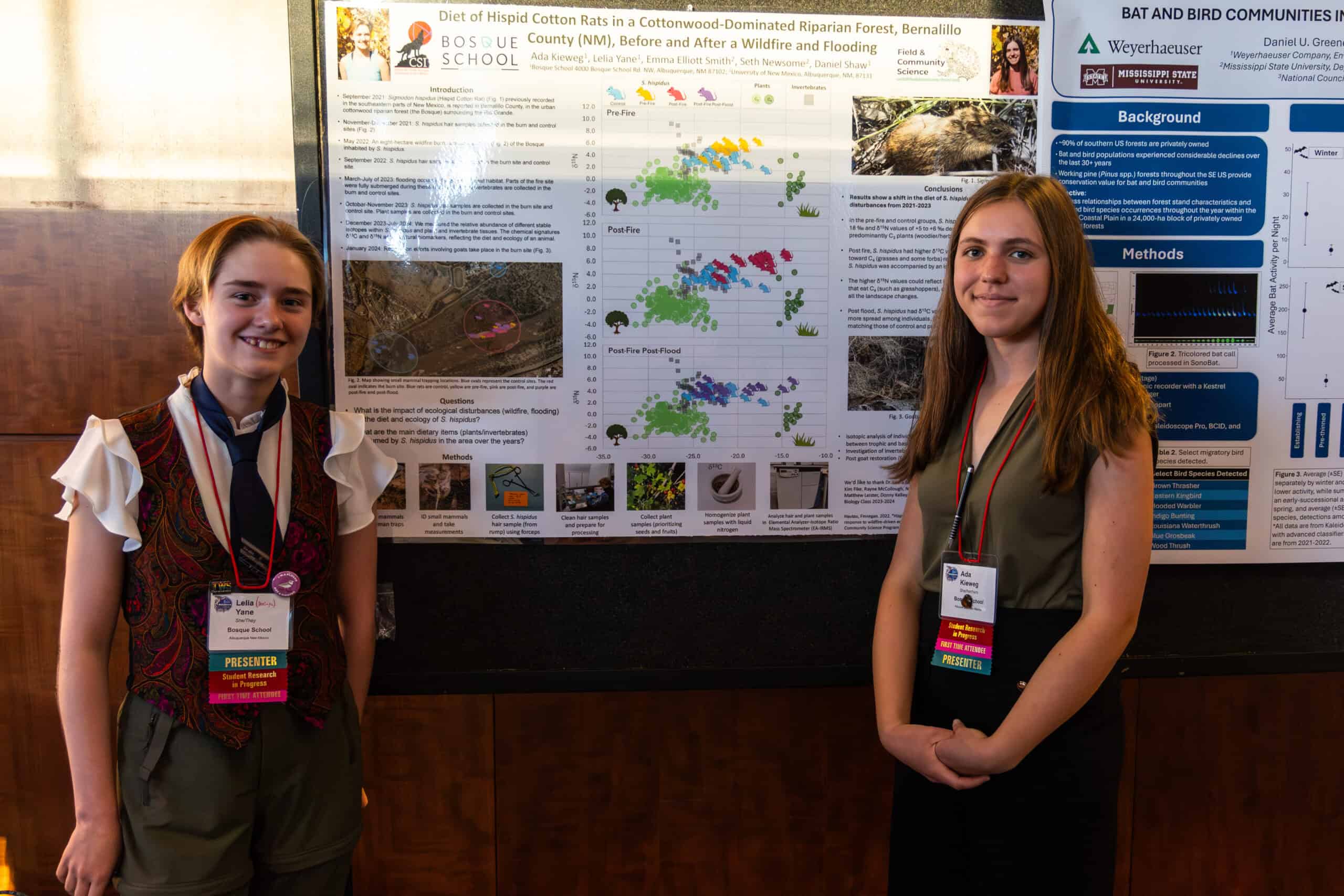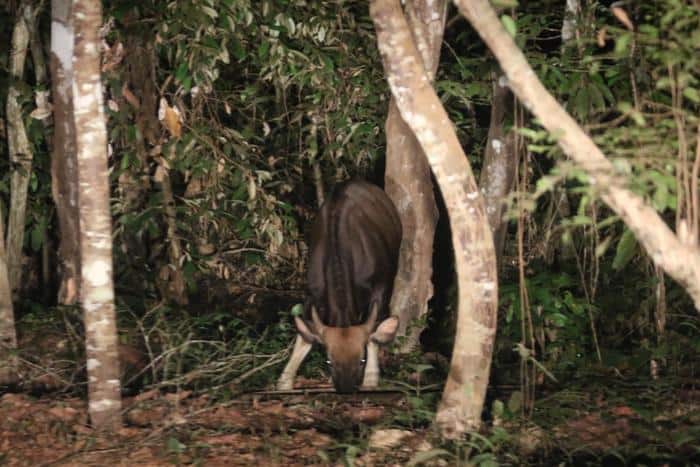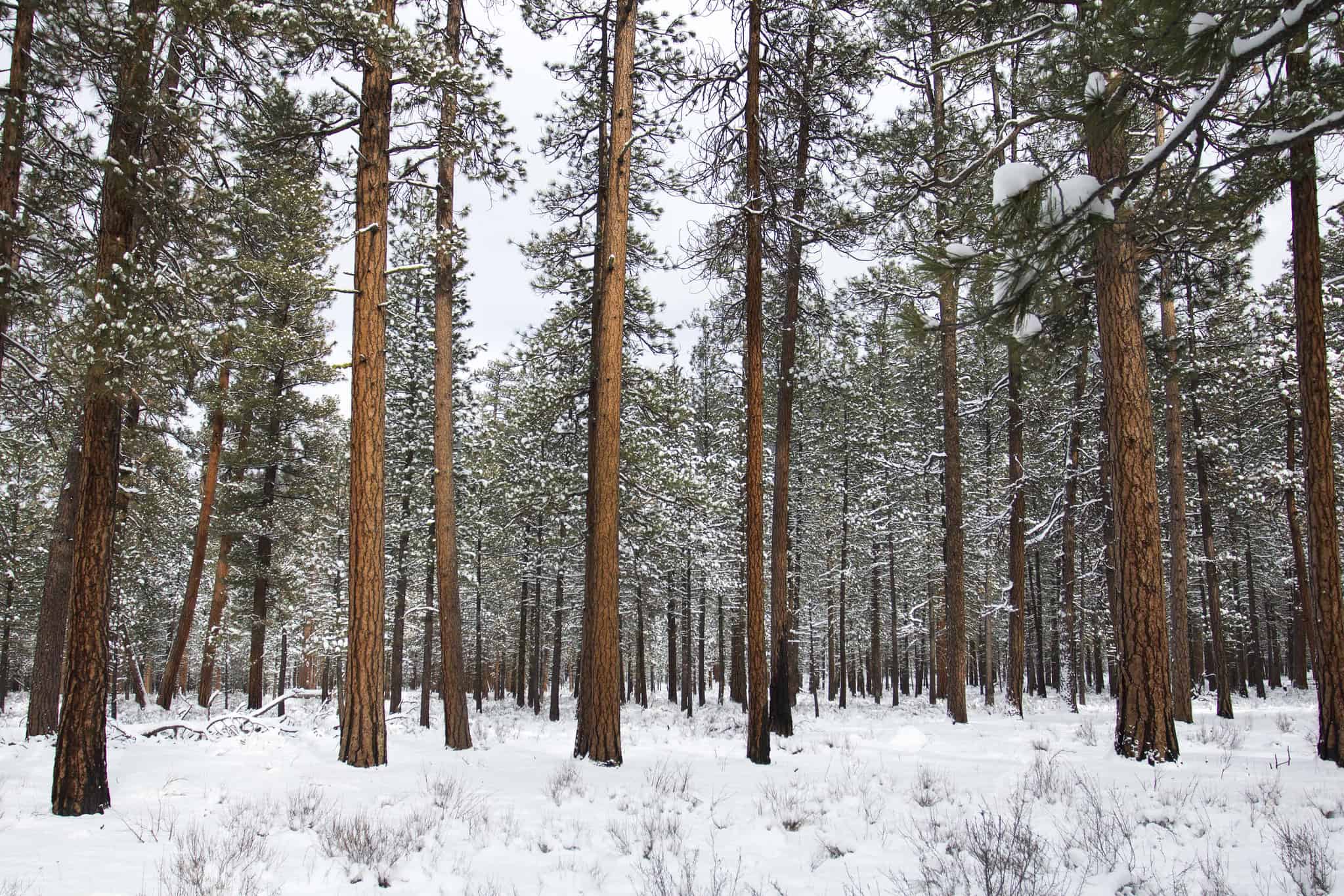Share this article
Exhibit highlights golden eagle and its landscape
Compared to the bald eagle (Haliaeetus leucocephalus), the golden eagle (Aquila chrysaetos) seems to get overlooked. And compared to the peaks and parks of the Greater Yellowstone Ecosystem, so does eastern Wyoming’s sagebrush steppe.
An exhibit at the Buffalo Bill Center for the American West’s Draper Natural History Museum seeks to change that.
The new permanent exhibit, “Monarch of the Skies: The Golden Eagle in Greater Yellowstone and the American West,” is based on nine years of research on Bureau of Land Management land by Chuck Preston, a TWS member and senior curator at the museum.
“The golden eagle really is an icon of the open spaces of North America,” Preston said.
Preston set out to gather data on golden eagle populations in Wyoming’s Bighorn Basin. He found the bird’s reproduction fluctuated each year — changes that appeared to be tied to the rising and falling of its chief prey base, desert cottontails (Sylvilagus audubonii).
“The pattern is clear,” Preston said. “When cottontails decline, so does golden eagle reproduction.”
But Preston decided he didn’t just want to record and publish the data in scientific journals. He also wanted to use golden eagles to inspire the public to recognize the uniqueness of the sagebrush steppe around them.
“It’s a great window to view the larger landscape and the environment it lives in,” he said.
The golden eagle is an apex predator in sagebrush landscapes across the West. These often overlooked landscapes have been dwindling, and in some areas, golden eagle populations have declined. Preston set out share the story of the golden eagle and its environment in a compelling way for the public, with interactive and multimedia exhibits that highlight not only its role in the ecosystem, but its ties to Plains Indian cultures.
Visitors walk past representations of sandstone cliffs, watch videos of wildlife biologists in action and spy re-creations of golden eagle nests.
“There have been a lot of people really interested in raptors and golden eagles,” said Destin Harrell, a wildlife biologist in the BLM’s Cody field office who worked with the researchers. “Now we have this permanent display at the museum highlighting the work that’s been done. Visitors from across the nation are seeing it every day as they visit this Greater Yellowstone area.
“The golden eagle being an apex predator for this sagebrush steppe — a sometimes overlooked habitat, sometimes underappreciated habitat and landscape with lots of threats of degradation — has really gone a long way for helping people understand the importance of the habitat and how it interlaces and overlaps and is a part of that Greater Yellowstone Ecosystem.”
When Preston first met with BLM biologists about the project, not a lot was known about golden eagles, Harrell said. The BLM was able to provide funding, help with objectives and strategy and come up with questions to benefit the agency’s management of the land and juggling multiple uses with eagle habitat.
“We got a pretty nice finger on the pulse as far as what’s going on with golden eagles here,” Harrell said. “That only came about because of a lot of hard work.”
The Bureau of Land Management is a Premier Partner of The Wildlife Society.
Header Image: A golden eagle parent feeds a young nestling in a cliffside nest above Wyoming’s sagebrush steppe. ©Moosejaw Bravo Photography, courtesy of Draper Natural History Museum








